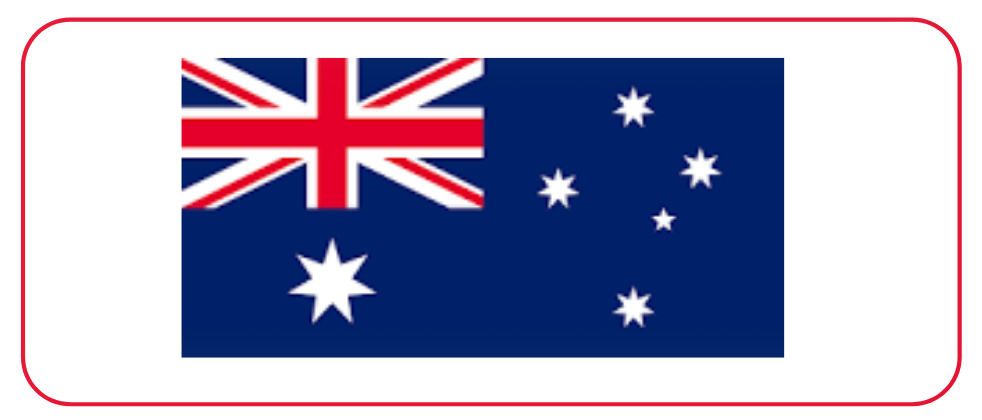PRELIMINARY BIOASSAY OF BIOLOGICAL EFFECTS OF OILS FROM OREGANO AND CLOVES ON CALLOSOBRUCHUS MACULATUS
DOI:
https://doi.org/10.53555/eijas.v7i4.41Keywords:
Cowpea Weevil (CW), chickpea seeds (Cicer arietinum), Oregano oil, Cloves oil (EOs)Abstract
Callosobruchus maculatus (Coleoptera: Bruchidae), this beetle infests mainly Vigna unguiculata. There are several strategies to control of CW, by synthetic pesticides and physical means. The chemical applications are cheaper and easier to be applied but cause obvious consequences, which lead to a number of problems, The Essential oils (EOs) are widely applied in the traditional practices and in organic plant protection as insecticides repellents and antifeedant compounds. This study was carried out on 3 bioassay. The bioassay 1, carried out on artificial seeds, showed that the oily solutions could affect the oviposition. The average number of eggs laid by CW,was the highest on the oregano oil treatment at the dose of 2.0% followed by the control and the oregano oil treatment at the dose of 0.5%. The clove oil treatments induced the lowest egg laying. The bioassay 2, carried out on chickpea seeds in a completely randomized pattern, demonstrated that the average number of eggs laid on the chickpeas , was the highest on the control treatment followed by the oregano oil treatments at the doses of 0.5% and of 2.0%. The clove oil treatments induced the lowest egg- laying. The bioassay 3 treating directly the chickpea seeds. The average number of eggs laid on the chickpeas by the females within their life span was the highest on the oregano oil treatment at the dose of 2.0% followed by the oregano oil treatment at the dose of 0.5% and control. The clove oil treatments induced the lowest egg laying.
References
. Basak, S. &Guha, P., 2015. Modelling the effect of essential oil of betel leaf (Piper betle L.) on germination, growth, and apparent lag time of Penicilliumexpansum on semisynthetic media. International Journal of Food Microbiology, 215, pp.171–178.
. Baskar, K. &Ignacimuthu, S., 2012. Antifeedant, larvicidal and growth inhibitory effects of ononitol monohydrate isolated from Cassia tora L. against Helicoverpaarmigera (Hub.) and Spodopteralitura (Fab.) (Lepidoptera: Noctuidae). Chemosphere, 88(4), pp.384–388.
. Beck, C.W. &Blumer, L.S., 2006. Bean Beetles, Callosobruchus maculatus , a Model System for Inquiry-Based Undergraduate Laboratories. Education, 28, pp.274–283.
. Boeke S.J., Van Loon I., Van Hurs A., Kossou D.K., Dicke M., 2001 - The use of plant materia1 to protect stored leguminous seeds against seed beetles: a review. Wageningen Agricultural University Papers, 3: 1-108.
. D'ambrosio G., Ferrara G., Tranfaglia A., 1982 - La disinfestazione delle derrate alimentari mediante microonde. Esperienze su Tenebrio molitor (L.) (Col. Tenebrionidae) e Sitophilusgranarius (L.) (Col. Curculionidae). Boll. Lab. Entomologia Agraria 'Filippo Silvestri', Portici, 39: 31-36.
. Julio, L.F. et al., 2015. Chemical and biocidal characterization of two cultivated Artemisia absinthium populations with different domestication levels. Industrial Crops and Products, 76, pp.787–792.
. Kumar, P. et al., 2011. Insecticidal properties of Mentha species: A review. Industrial Crops and Products, 34(1), pp.802–817.
. Li, H., Chen, C. & Cao, X., 2015. Essential oils-oriented chiral esters as potential pesticides: Asymmetric syntheses, characterization and bio-evaluation. Industrial Crops and Products, 76, pp.432–436.
. Locatelli D.P., Traversa S., 1989 - Microwaves in the control ofriceinfestants. ltalian J. Food Sci.. 1(2): 53-62.
. Moghimi, R. et al., 2016. Superior antibacterial activity of nanoemulsion of Thymus daenensis essential oil against E. coli. Food Chemistry, 194, pp.410–415.Available online 31 July 2015
. Pavela, R., 2015. Essential oils for the development of eco-friendly mosquito larvicides: A review. Industrial Crops and Products, 76, pp.174–187.
. Rahman, a &Talukder, F. a, 2006. Bioefficacy of some plant derivatives that protect grain against the pulse beetle, Callosobruchus maculatus. Journal of insect science (Online), 6(3), pp.1–10.
. Ricci M.S., 2006 - Bruchidae (Coleoptera) italiani: tassonomia, biogeografia, aspetti rilevanti di morfologia, bnatomia, gestione e controllo. Tesi di Dottorato, Università degli Studi di Foggia, 388 pp.
. Scopel, R. et al., 2014. Supercritical fluid extraction from Syzygium aromaticum buds: Phase equilibrium, mathematical modeling and antimicrobial activity. The Journal of Supercritical Fluids, 92, pp.223–230.
. Southgate B.T., Mittler T.E., Radovsky F.T,,Resh V.B., 1979 - Biology of the Bruchidae.Ann. Rev. Entomol., 24: 449-.
. Storey C.L., 1978 - Mortality of cowpea weevil in a low-oxygen atmosphere. J. Econ. Entomol., 71(5): 833-834.
. Vanhuis A 1991 - Biological methods of bruchid control in the tropics: a review. Ins. Sci. & Appl., 12(1-3): 87-102.
. Watters F.L. 1976 - Microwave radiation for control of Triboliumconfusumin wheat and 110 U.R.J. Stored Prod. Res., 12(1): 19-25.
. You, C. et al., 2015. Chemical composition of essential oils extracted from six Murraya species and their repellent activity against Triboliumcastaneum. Industrial Crops and Products, 76, pp.681–687.
. Yus Ramos R., 1976 - Las especies de bruquidos de interesagricola y fitosanitario. I: Caracteresgenerales. Bol. Serv. Def. Plagos& Insp. Fitopat., Madrid, 2(1): 1-35.
. Zaied Y.M., Almabruk A.H., Ghafir S.A., 2002 - A preliminary study of the effect ofmicrowave radiation on granary weevil Sitophilusgranarius(L.) (Coleoptera: Curculionidae). Arab.J. Plant Prot., 20(1): 14-17.
. Zewar M.M., 1993 - The use of high temperatures for disinfesting wheat from SitophilusgranariusL., and cowpea Callosobruchus maculatus (F.). Egypt. J. Agric. Res., 71(3): 671-678.
. Zhang , et al., 2011.Repellent Constituents of Essential Oil of Cymbopogondistans Aerial Parts against Two Stored-Product Insects, 59 (18), pp 9910–9915
Downloads
Published
Issue
Section
License
Copyright (c) 2021 EPH - International Journal of Applied Science (ISSN: 2208-2182)

This work is licensed under a Creative Commons Attribution-NonCommercial-NoDerivatives 4.0 International License.

This work is licensed under a Creative Commons Attribution 4.0 International License








